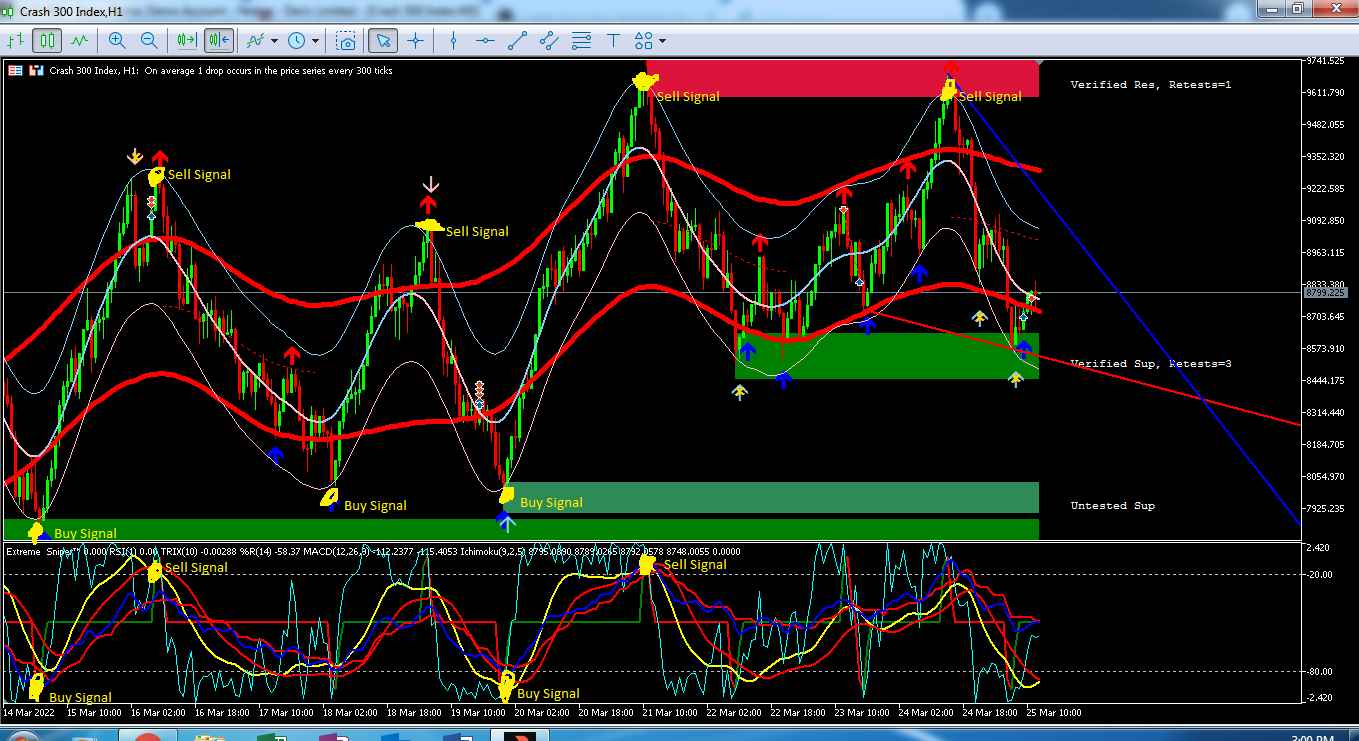On January 15, 2015, the Swiss National Bank announced its decision to cancel its 1.20 peg against the euro, a move that sent ripples across the globe. Immediately, the currency was transformed from a haven to a highly risky asset, sending the forex market into chaos. Some traders suffered from negative balances, and many brokers got forced to shut down.
Black swan events like this have a steep cost for both traders and brokers since they directly affect financial markets. The worst part is that they are becoming more frequent. Within the past two decades alone, we've seen a global financial crisis, a rouble rout in Russia’s economy, plunging oil prices, Brexit, and the persisting COVID-19 pandemic.
Considering that these events significantly affect the financial market, it's understandable that trading on financial markets might be considered too risky for some. But, what if you could trade without being affected by global events?
This is where synthetic indices trading comes in.
What are synthetic indices?
Synthetic indices are unique indices that mimic real-world market movement but with a twist — they are not affected by real-world events. These indices are based on a cryptographically secure random number generator that’s audited by an independent third party to ensure that they cannot be manipulated or tampered. Synthetic indices have constant volatility and are free of market and liquidity risks.
Why trade synthetic indices
Synthetic indices offer tight spreads and leveraged trades. If you’d like to give synthetic indices a try, you can trade them on Deriv. Depending on your risk appetite, you can try trading Deriv’s proprietary synthetic indices using trade types such as CFDs, options, and multipliers.
Trading synthetic indices give you additional advantages, including:
You’re aware of the potential risks right from the beginning; you won’t be surprised by unexpected margin calls. Margin calls occur when the balance on your account drops below your margin requirements, resulting in your positions become at risk of being closed automatically. You can fix the situation in two ways — deposit enough funds to increase your equity or close your positions.
You don’t need a lot of capital to start trading.
You benefit from the fast order execution and deep liquidity at all times, which is attractive for all traders, whether small or large.
You can trade these indices 24/7, including weekends and holidays.
There are different levels of volatility — Volatility 10 Index, Volatility 25 Index, Volatility 50 Index, Volatility 75 Index, and Volatility 100 Index.
In the Volatility 10 Index, the volatility is kept at 10%, which is an excellent choice for traders who prefer low price swings or fluctuations. With the Volatility 100 index, the volatility is maintained at 100%, meaning there are much stronger price swings and no significant price gaps. They are continuous indices with deep liquidity.






